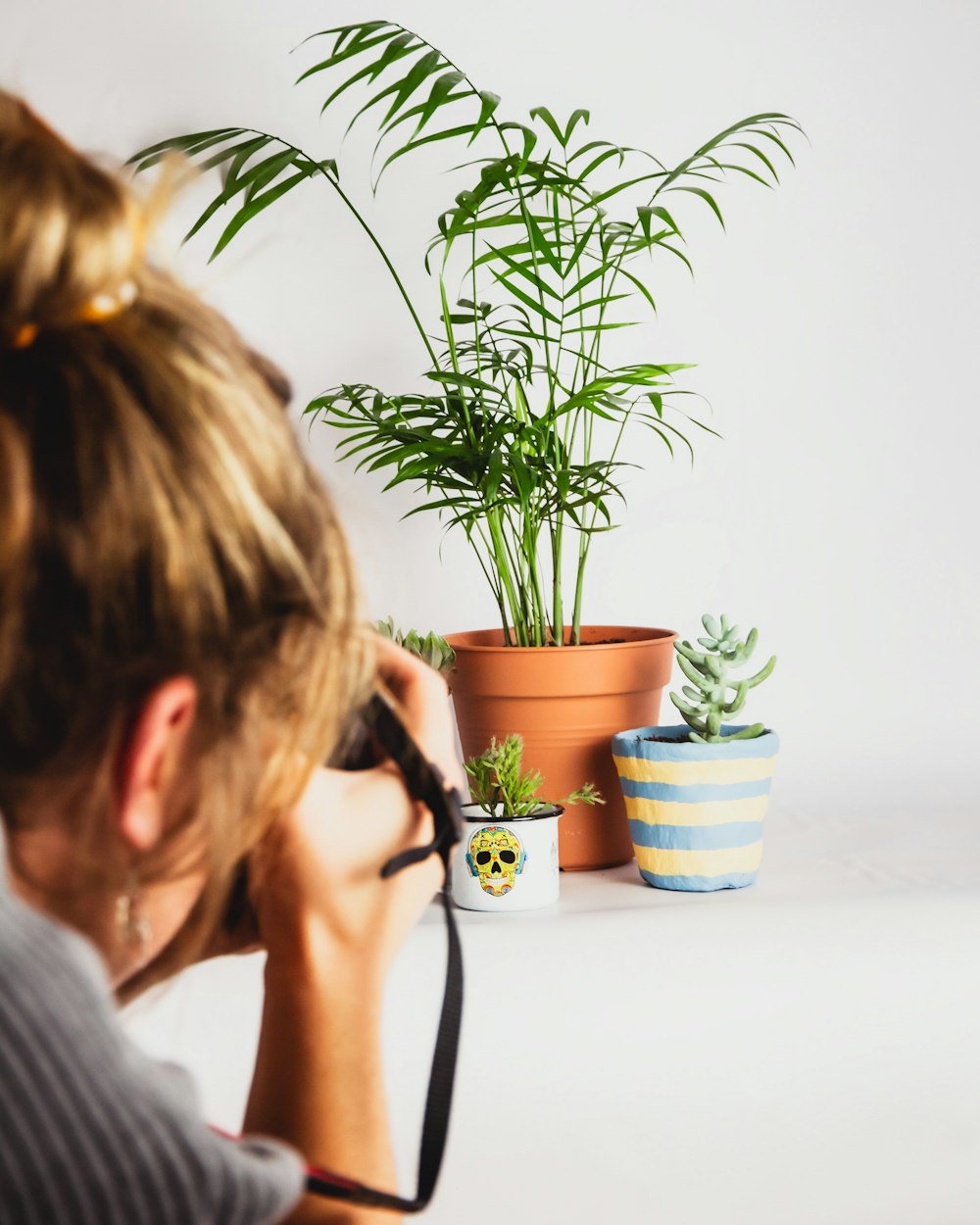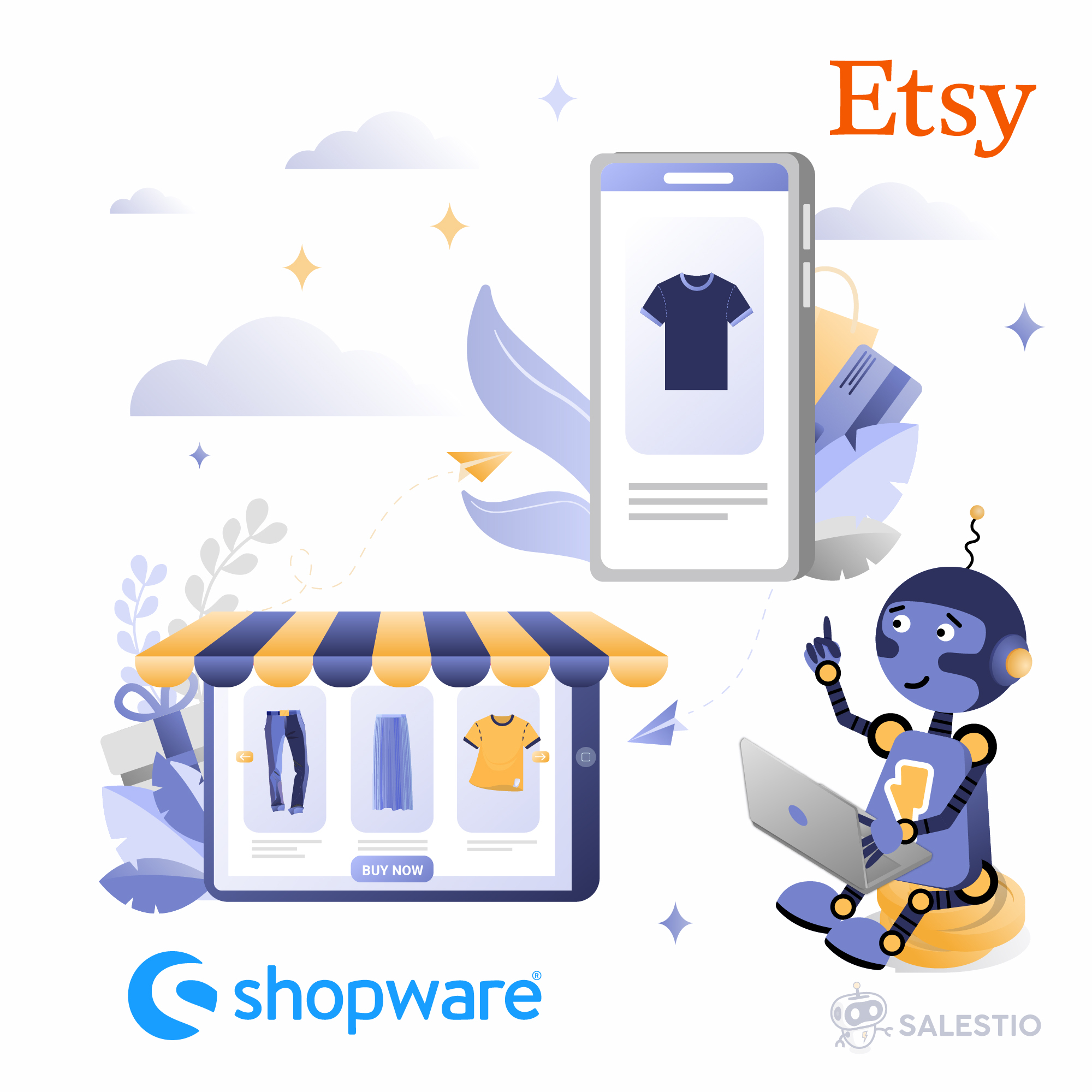03 Mar'23

In the world of e-commerce, having high-quality product photography is essential for driving sales and building a strong brand presence. With so many products available for purchase online, customers rely on product photos to make informed buying decisions. In fact, a survey by Etsy found that 90% of consumers believe that the quality of product photos is extremely important when making a purchase.
Product photography can be a make-or-break factor in the customer’s decision to buy a product, as it is often the first point of contact a customer has with a product. With this in mind, it’s important for e-commerce businesses to invest time and resources into creating high-quality product photos that showcase their products in the best possible light.
In this article, we’ll explore the importance of product photography in e-commerce sales, the requirements for photos on online marketplaces like Amazon and eBay, and tips for taking great product photos.
Let’s get started!
Why Product Photography Matters
When shopping in a physical store, customers have the opportunity to see, touch, and examine products before making a purchase. In the online world, however, customers don’t have that luxury. Instead, they rely on product photos to get a sense of what the product looks like, how it’s made, and what features it has.
In today’s digital age, more and more people are shopping online. With the ongoing pandemic, the shift toward online shopping has only accelerated. This means that e-commerce businesses must be able to showcase their products online effectively. The quality of your product photography can be the difference between a customer clicking the ‘add to cart’ button or moving on to the next seller. By creating visually appealing and informative product photos, you can increase your chances of making a sale.
Product photography plays a crucial role in creating a first impression of the product and setting expectations for the customer. If the product photos are blurry, poorly lit, or don’t accurately represent the product, the customer may assume that the product itself is of low quality or not worth purchasing.
On the other hand, high-quality product photos can create a sense of trust and confidence in the product, making the customer more likely to make a purchase. In fact, a study by Shopify found that products with high-quality product photos had a 94% higher conversion rate than those with low-quality photos. High-quality product photos show that you care about the presentation of your products and take your business seriously. This can help convince potential customers to buy from you instead of your competitors.

Product photography also plays a key role in building brand identity and setting the tone for the overall customer experience. Consistent, high-quality product photos can help establish a recognizable brand aesthetic and make the customer feel like they are buying from a reputable and trustworthy brand.
Good product photos can also help reduce product returns. By providing accurate and detailed photos of your products, you can give customers a better idea of what to expect. This can help reduce the likelihood of customers being disappointed with their purchase when they receive it. In turn, this can help reduce the number of product returns, which can be costly and time-consuming for e-commerce businesses. By investing in product photography, you can help increase customer satisfaction and reduce the number of returns.
Elements of a Great Product Photo
Creating a great product photo requires attention to detail and a focus on the key elements that make a product look appealing and desirable to potential customers. Here are seven key elements to consider when taking product photos:
Lighting: Good lighting is essential for creating high-quality product photos. Ideally, you should shoot your photos in natural light, such as near a window, to avoid harsh shadows and ensure accurate color representation. If natural light is not available, consider investing in softbox lighting or a ring light.
Composition: The composition of your product photo refers to the arrangement of objects within the frame. Aim to create a clean, uncluttered image that showcases the product prominently. Avoid distracting elements in the background or foreground that may take attention away from the product.
Background: The background of your product photo should be simple and unobtrusive, so as not to detract from the product itself. Consider using a plain white background or a neutral-colored backdrop that complements the product.
Focus: Ensure that the product is in sharp focus and that any details or features you want to highlight are clearly visible. Use a tripod or stabilizer to keep the camera steady and prevent blurry images.
Angle: The angle at which you shoot your product photo can have a big impact on how the product looks. Experiment with different angles to find the most flattering perspective for your product. For example, shooting from a low angle can make a product appear more imposing while shooting from above can create a sense of scale and perspective.
Context: Consider showing the product in context, such as in use or in a real-world setting. This can help customers visualize how the product might fit into their lives and make it more relatable.
Consistency: Consistency in your product photography is key for building a recognizable brand identity and creating a cohesive shopping experience for customers. Aim to use a consistent style, lighting, and composition for all of your product photos to help create a sense of continuity across your store or marketplace listings.
Requirements for Photos on Online Marketplaces
Online marketplaces like Amazon, eBay, and Etsy have specific requirements for product photos. Meeting these requirements is essential for ensuring that your products are displayed correctly and attractively, and for preventing your listings from being suspended or removed. Here are the requirements for each platform:
Amazon
Amazon has a set of specific guidelines for product photos. Here are some of the most important requirements to keep in mind:
Image size: Images must be at least 1000 pixels on the longest side and should ideally be 3000 pixels or more.
- Background: The background must be pure white and feature no additional objects or text.
- Product fill: The product must fill at least 85% of the image frame.
- Resolution: The image must be in focus, well-lit, and high-resolution.
- Image format: The image must be in JPEG, TIFF, or GIF format.
- Color mode: The image must be in sRGB or CMYK color mode.
- No borders: Images should not contain any borders, watermarks, or text.
Be extra careful with the main product image for Amazon. It’s required that the photo should be on white background. And 85% of the photo contains the product. Secondary images of products are less strictly checked by amazon. But if your main product photo does not fit well into requirements, the product could be suspended before you add a correct image. Please also don’t forget that amazon is a catalog-based platform. So multiple sellers could sell the same product.
Ebay
Ebay also has specific requirements for product photos. Here are some of the most important ones to keep in mind:
- Minimum image size: Images must be at least 500 pixels on the longest side.
- Image quality: Images should be clear and well-lit, with accurate color representation.
- Background: The background should be simple and unobtrusive, with no distracting elements.
- Image format: The image must be in JPEG, BMP, GIF, PNG, TIFF, or EPS format.
- No watermarks: Images should not contain any watermarks or text overlays.
- No borders: Images should not contain any borders or frames.
Ebay is way more flexible with photo requirements, but in general, it’s a good idea to use big photos in JPEG format. Also by default, ebay loads photos from your e-commerce website directly. So please make sure that you are using CDN for images (shopify provides it by default), otherwise, there will be a big delay with image loading.
Another good idea is putting more images into the product description. It’s not always necessary but sometimes it’s good to show a different use case of products directly in the description.
Etsy
Etsy also has specific guidelines for product photos. Here are some of the most important requirements to keep in mind:
- Image size: Images must be at least 1000 pixels on the longest side.
- Background: The background should be simple and unobtrusive, with no distracting elements.
- Image quality: Images should be clear and well-lit, with accurate color representation.
- No watermarks: Images should not contain any watermarks or text overlays.
- Image format: The image must be in JPEG, PNG, or GIF format.
- No borders: Images should not contain any borders or frames.
Etsy images are shown on the product in the way you provide them. And if your image contains a transparent background, for some browsers it could be shown as “black”, instead of white. That’s why in general we do not recommend using png images for product photos.
General best practices
In addition to these platform-specific requirements, there are some general best practices to keep in mind when taking product photos for online marketplaces:
Use a tripod: A tripod or stabilizer can help ensure that your photos are in focus and avoid blurry images.
Natural lighting: Natural lighting is ideal for product photos, as it creates accurate color representation and avoids harsh shadows.
Consistent style: Aim to use a consistent style, lighting, and composition for all of your product photos to help create a sense of continuity across your store or marketplace listings.

Multiple angles: Consider including multiple angles of your product in your photos to provide a more complete view for customers.
Lifestyle shots: Consider including lifestyle shots that show the product in use or in a real-world setting to help customers visualize how the product might fit into their lives.
Tips for Taking Great Product Photos
Use a high-quality camera:
While smartphone cameras can produce decent photos, investing in a high-quality camera can help you take product photos that really stand out. DSLR cameras, for example, allow for greater control over exposure, depth of field, and color balance.
Plan your setup:
Before you start taking photos, plan out your setup. Choose a location with good natural light and a plain, uncluttered background. Decide on the angle and composition of your photos, and make sure you have any props or accessories you need on hand.
Use the right lighting:
Lighting is crucial to creating great product photos. Aim for natural light when possible, as it produces more accurate color representation and avoids harsh shadows. If you’re shooting indoors, use soft, diffuse light sources like lamps or lightboxes to achieve a similar effect.
Consider your product’s context:
When taking product photos, think about the context in which your product will be used. If it’s a piece of clothing, for example, consider showing it on a model or mannequin to give customers a better idea of how it fits. If it’s a food product, consider showing it in use in a recipe or in a social setting.
Edit your photos:
Once you’ve taken your photos, don’t be afraid to edit them to improve their quality. Adjust the exposure, contrast, and color balance as needed, and crop your photos to focus on the product itself.
Keep it consistent:
Consistency is key when it comes to creating a strong visual brand. Aim to use a consistent style, lighting, and composition for all of your product photos to create a sense of continuity across your store or marketplace listings.
Provide multiple angles and viewpoints:
Finally, make sure to provide multiple angles and viewpoints of your products in your photos. This can help customers get a better sense of what the product looks like from all angles and can help them make a more informed purchasing decision.
Example:
Let’s say you are selling a piece of jewelry. You might take a photo of the piece on a plain background, showing it from the front and center. You could then take additional photos showing the piece from different angles, such as the side and back. Consider including a photo of the piece being worn, either by you or a model, to give customers a better idea of how it looks in context.
You could also experiment with different lighting setups, such as using a lightbox to achieve a soft, even light, or photographing the piece outdoors in natural light. Be sure to edit your photos to remove any distracting elements, adjust the exposure and color balance, and crop the photos as needed to focus on the jewelry itself.
By providing multiple angles and viewpoints, as well as showing the piece in context, you can help customers make a more informed purchasing decision and create a strong visual brand for your store or marketplace listings.
Conclusion
In conclusion, product photography is a critical component of e-commerce sales. A well-executed product photo can help your product stand out in a crowded online marketplace and attract more potential customers. By following the tips outlined in this article, such as using a high-quality camera, planning your setup, using the right lighting, and providing multiple angles and viewpoints, you can create compelling product photos that engage customers and drive sales. Remember to also keep in mind the specific requirements for photos on different online marketplaces, such as Amazon, eBay, and Etsy. By putting effort into your product photography, you can create a strong visual brand for your store and increase your chances of success in the competitive world of e-commerce.
If you are looking for a way to export your Shopify, PrestaShop, Bigcommerce, or other store products to online marketplaces – Amazon, Ebay, Etsy. Please take a look at Salestio and Start your free 30-day trial today. Salestio is transferring product images from your online store to the online marketplace, so you don’t need to upload them manually.





